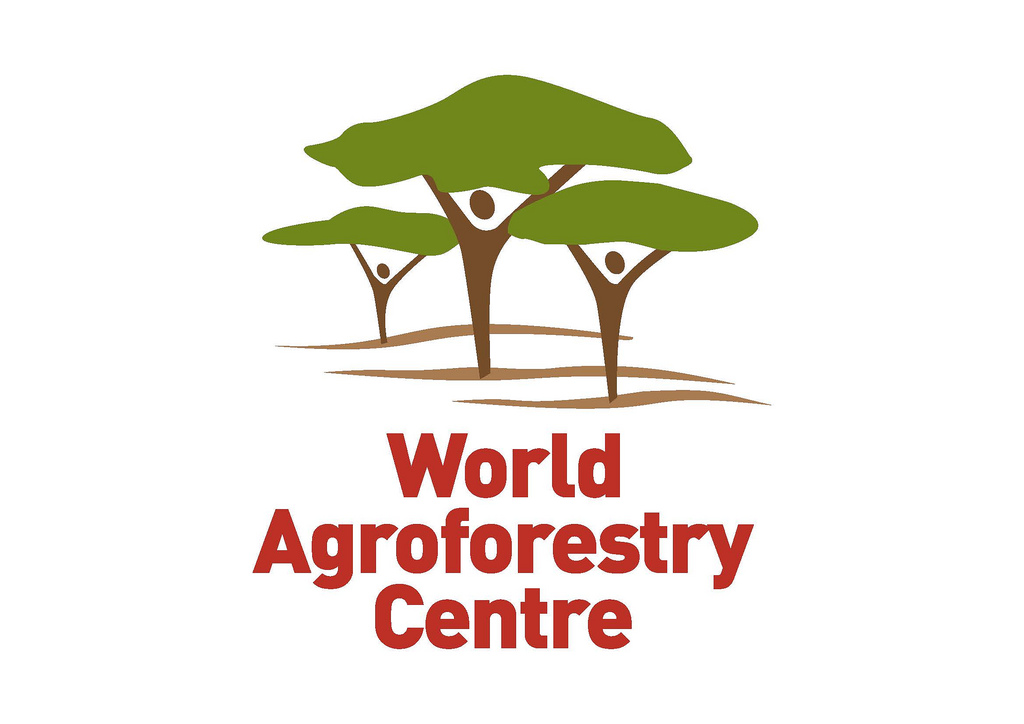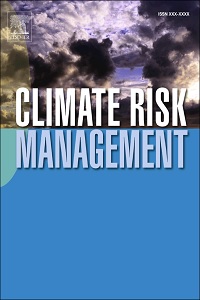Location
The World Agroforestry Centre (ICRAF) is a CGIAR Consortium Research Centre. ICRAF’s headquarters are in Nairobi, Kenya, with six regional offices located in Cameroon, China, India, Indonesia, Kenya and Peru.
The Centre’s vision is a rural transformation throughout the tropics as smallholder households increase their use of trees in agricultural landscapes to improve their food security, nutrition security, income, health, shelter, social cohesion, energy resources and environmental sustainability.
ICRAF's mission is to generate science-based knowledge about the diverse benefits - both direct and indirect - of agroforestry, or trees in farming systems and landscapes, and to disseminate this knowledge to develop policy options and promote policies and practices that improve livelihoods and benefit the environment.
The World Agroforestry Centre is guided by the broad development challenges pursued by the CGIAR. These include poverty alleviation that entails enhanced food security and health, improved productivity with lower environmental and social costs, and resilience in the face of climate change and other external shocks.
ICRAF's work also addresses many of the issues being tackled by the Sustainable Development Goals (SDGs) that aim to eradicate hunger, reduce poverty, provide affordable and clean energy, protect life on land and combat climate change.
Members:
Resources
Displaying 26 - 30 of 146Know what drives the adoption of climate-smart agriculture across different scales
Recognizing successful climate-smart agricultural (CSA) practices is not enough for them to be adopted at scale.
At many sites, government or development-led interventions to promote CSA practices face low adoption rates or are not adopted at all.
Data shows that CSA adoption depends on drivers and constraints beyond the CSA practices. Blanket adoption of a specific intervention should never be assumed: the adoption of CSA practices is usually patchy because of many conditions.
When less is more: Innovations for tracking progress toward global targets
Accountability and adaptive management of recent global agreements such as the Sustainable Development Goals and Paris Climate Agreement, will in part rely on the ability to track progress toward the social and environmental targets they set. Current metrics and monitoring systems, however, are not yet up to the task. We argue that there is an imperative to consider principles of coherence (what to measure), standardization (how to measure) and decision-relevance (why to measure) when designing monitoring schemes if they are to be practical and useful.
Evaluating fire severity in Sudanian ecosystems of Burkina Faso using Landsat 8 satellite images
The fire severity of the 2013–2014 fire season within Sudanian ecosystems in Burkina Faso was evaluated from Landsat 8 images using derivatives of the Normalized Burn Ratio algorithm (NBR). The relationship between the image-derived severity and the field observed severity i.e. Composite Burn Index (CBI) was best described by a nonlinear model of the form y = a + b*EXP(CBI *c) (R2 = 0.66). Classification of the image-derived burned area into burn severity classes achieved a classification Kappa accuracy statistic of 0.56.
CGIAR Research Program on Water, Land and Ecosystems (WLE)
Smallholder farmers’ attitudes and determinants of adaptation to climate risks in East Africa
Adapting to climate risks is central to the goal of increasing food security and enhancing resilience of farming systems in East Africa. We examined farmers’ attitudes and assessed determinants of adaptation using data from a random sample of 500 households in Borana, Ethiopia, Nyando, Kenya, Hoima Uganda, and Lushoto, Tanzania. Adaptation was measured using a livelihood-based index that assigned weights to different individual strategies based on their marginal contributions to a household’s livelihood.






